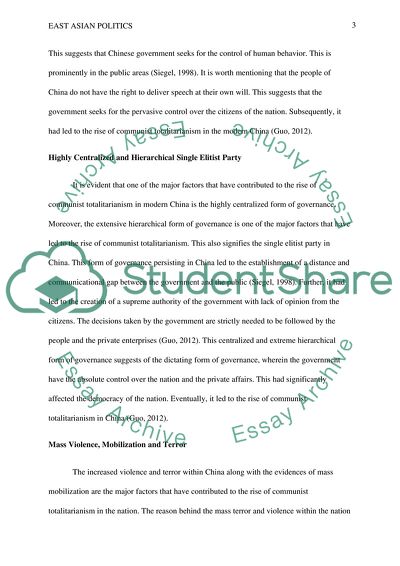Cite this document
(Concept of the Political System in China Assignment Example | Topics and Well Written Essays - 2750 words, n.d.)
Concept of the Political System in China Assignment Example | Topics and Well Written Essays - 2750 words. https://studentshare.org/politics/1860115-east-asian-politics
Concept of the Political System in China Assignment Example | Topics and Well Written Essays - 2750 words. https://studentshare.org/politics/1860115-east-asian-politics
(Concept of the Political System in China Assignment Example | Topics and Well Written Essays - 2750 Words)
Concept of the Political System in China Assignment Example | Topics and Well Written Essays - 2750 Words. https://studentshare.org/politics/1860115-east-asian-politics.
Concept of the Political System in China Assignment Example | Topics and Well Written Essays - 2750 Words. https://studentshare.org/politics/1860115-east-asian-politics.
“Concept of the Political System in China Assignment Example | Topics and Well Written Essays - 2750 Words”. https://studentshare.org/politics/1860115-east-asian-politics.


